Mini vs. Standard Seed Trays: Matching Sizes to Your Planting Goals
2025-07-25 20:01:45
Whether you’re starting seeds on a sunny windowsill or preparing for a full-scale garden, the right seed trays can make or break your growing season. While many gardeners focus on soil mix and lighting, one often overlooked factor is tray size — especially the choice between mini seed trays and standard seed trays.
In this guide, we’ll help you understand the differences between these two types of seed trays, explore their advantages, and show you how to match them to your specific planting goals.
If you’re tired of one-size-fits-all solutions, read on to make your seed-starting smarter — and more successful.
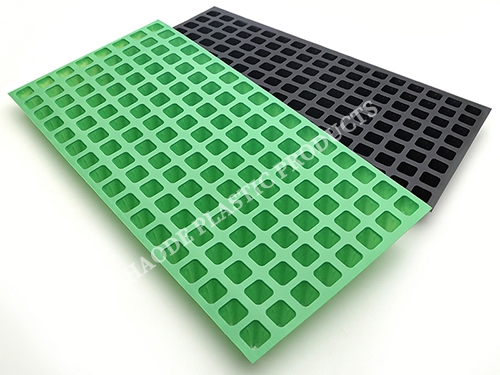
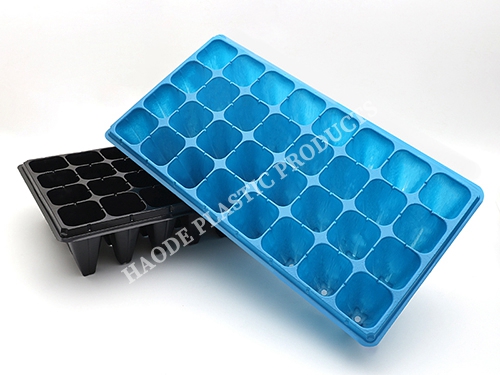
Why Seed Tray Size Matters
Choosing the wrong tray size can lead to poor germination, overcrowded roots, or wasted space. The size of your seed trays affects:
·Root development
·Moisture control
·Transplant success rate
·Space efficiency indoors or in greenhouses
Whether you’re growing microgreens, tomatoes, or perennials, selecting the right size tray can streamline your process and improve plant health.
What Are Mini Seed Trays?
Mini seed trays are compact growing trays typically with fewer cells or smaller cell sizes. These trays are ideal for small spaces or when growing plants with short germination and transplant cycles.
Advantages of Mini Seed Trays:
·Perfect for tight spaces: Great for windowsills, grow shelves, and apartment balconies.
·Less soil waste: Ideal when testing new seeds or planting in small batches.
·Easier to manage: Smaller trays are lighter and simpler to rotate or water individually.
·Quick transplanting: Perfect for fast-growing greens like lettuce, basil, or arugula.
Best for:
·Indoor seed starting
·Herb growers
·Educational gardening with kids
·Trial crops or variety sampling
However, because mini trays have limited depth and volume, they’re not well suited for larger crops or longer germination cycles.
What Are Standard Seed Trays?
Standard seed trays usually refer to full-size trays — typically 10x20 inches — often with 32 to 72 cells (or even more, depending on the insert). These trays are commonly used in greenhouses, garden centers, and by serious hobbyists and farmers.
Advantages of Standard Seed Trays:
·Supports deeper root growth: Better for crops that spend more time in trays.
·More uniform development: Useful for larger batches of the same plant.
·Greater efficiency: Water, fertilize, or move dozens of seedlings at once.
·Compatible with dome lids, heating mats, and automation tools
Best for:
·Tomatoes, peppers, cabbage, and slow-starting plants
·Growers preparing for outdoor transplanting
·Anyone growing in bulk for market or homestead gardening
Standard seed trays offer maximum efficiency but require more growing space and water volume per use.
Mini vs. Standard: Which Seed Tray Is Right for You?
Choosing between mini and standard seed trays depends on your goals and growing environment. Here’s a practical way to decide:
Choose Mini Seed Trays if:
·You’re growing on a windowsill or small shelf
·You’re only planting a few herbs or test crops
·You want to easily transport trays
·You prefer low soil usage and faster turnover
Choose Standard Seed Trays if:
·You’re growing dozens or hundreds of seedlings
·You have a dedicated grow room or greenhouse
·You need uniform, well-developed seedlings
·You plan to transplant into a garden or field
Pro Tip: Many seasoned gardeners use both. Mini trays for testing and quick-start herbs; standard trays for bulk crops and garden staples.
Why Material Still Matters: Go Reusable
No matter the size, the material of your seed trays plays a crucial role in their performance and lifespan. Many low-cost trays are made of thin plastic that warps or cracks after a single season. That’s why smart growers invest in durable, reusable plastic seed trays designed for repeated use.
High-quality plastic trays offer:
·Rigidity for easier handling
·UV and moisture resistance
·Multiple-year durability
·Stackability and compatibility with inserts or lids
While silicone, metal, and compostable trays exist, nothing beats a well-made plastic tray in terms of cost-efficiency, flexibility, and long-term use.
And the good news? You don’t have to compromise between sustainability and performance — our reusable plastic seed trays are designed for both.
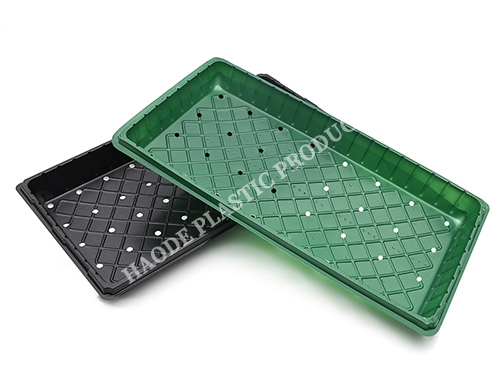
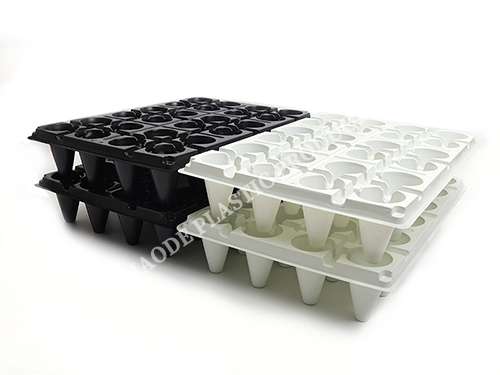
How Many Seed Trays Do You Really Need?
This depends on how many plants you want to grow and how often you start seeds. A basic estimate:
·2–4 mini trays = small kitchen herb garden
·2–3 standard trays = full home vegetable garden
·10+ trays = market grower or homestead setup
Start small and scale based on experience. The beauty of using standardized trays is that they’re modular — you can expand your setup season by season.
Conclusion: Seed Trays That Match Your Goals
From microgreens to melons, seed trays are your garden’s foundation. Whether you choose mini trays for their agility or standard trays for their capacity, the key is matching your tray size to your planting plan.
And while size matters, so does quality. Avoid flimsy, single-use trays. Instead, invest in reliable, reusable plastic seed trays that can grow with you — season after season.
Choose Smart. Choose Seed Trays That Last.
When it comes to seed starting, don’t settle for poor-quality trays that buckle, break, or waste space. Our durable plastic seed trays, available in both mini and standard sizes, are built for gardeners who grow with purpose.
Ready to upgrade your seed-starting setup? Browse our collection of reusable seed trays and find the perfect fit for your planting goals.
References
GB/T 7714:Yeoung Y R, Jung M K, Kim B S, et al. Effect of plug cell size on seedling growth of summer spinach[J]. Horticultural Science & Technology, 2004, 22(4): 422-425.
MLA:Yeoung, Young-Rog, et al. "Effect of plug cell size on seedling growth of summer spinach." Horticultural Science & Technology 22.4 (2004): 422-425.
APA:Yeoung, Y. R., Jung, M. K., Kim, B. S., Hong, S. J., Chun, C. H., & Park, S. W. (2004). Effect of plug cell size on seedling growth of summer spinach. Horticultural Science & Technology, 22(4), 422-425.
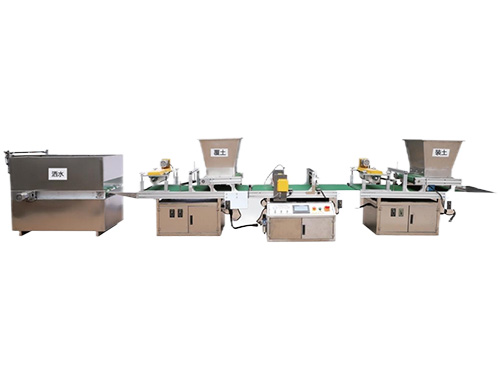
It adopts electrical integration and can be started by pressing the fully automatic button ...
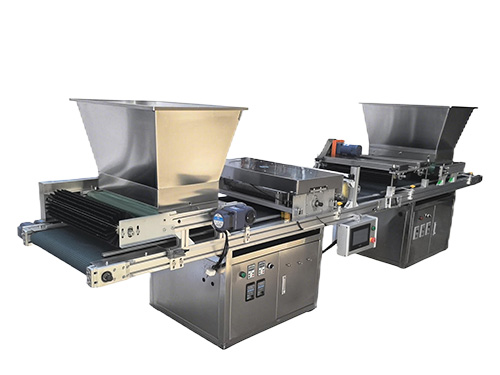
The XP750 seeder has stable performance, excellent product quality, simple and convenient o...
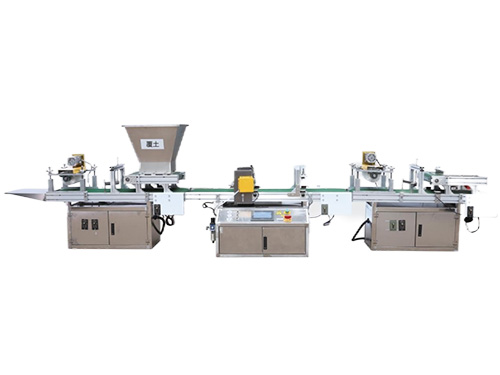
It adopts electrical integration and can be started by pressing the fully automatic button ...
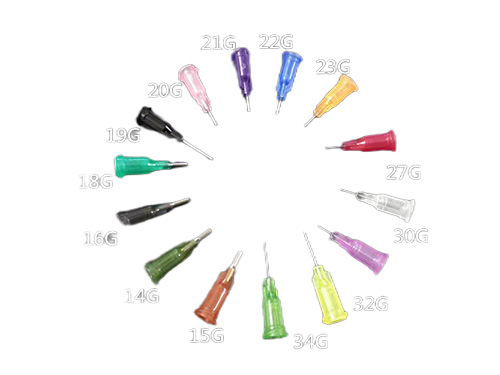
Needle list Seed nozzle model Different models Sowing types are different...



